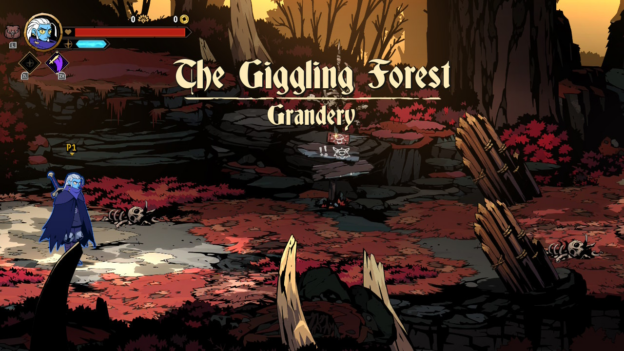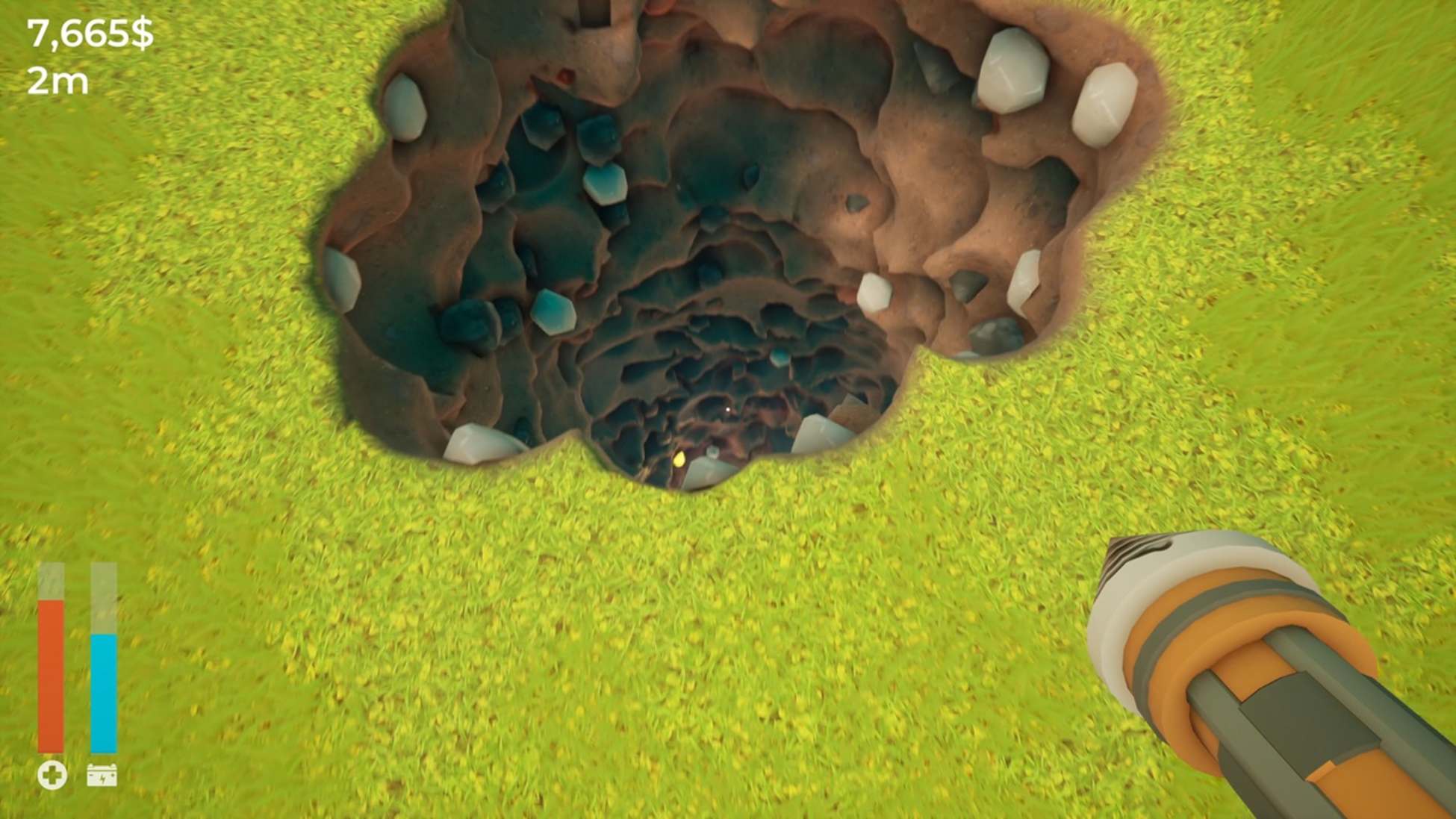Afterimage Review – Review – Nintendo World Report

Just the afterimage of Castlevania.
Afterimage is a metroidvania game that skews pretty heavily towards the Castlevania side of the spectrum. A focus on RPG mechanics and complex combat is plenty of evidence towards this, but the dead giveaway for me was the backwards dash straight out of Symphony of the Night that serves as the fastest form of movement at the start of the game. The twist to Castlevania’s formula is a health system straight out of the Souls franchise with limited healing charges that restore at checkpoints, and falling in battle leaves behind resources that must be retrieved from the site of your death.
I don’t like to define a game entirely by the games it’s most similar to, but Afterimage wears its influences so blatantly on its sleeve that it’s difficult for me to describe it in any other way. Aside from its hand-drawn artstyle—which is undoubtedly beautiful and attention-grabbing—there is very little that sets the game apart from its inspirations. Unfortunately I’ve always preferred the Metroid side of metroidvania, so I found myself frustrated by many of Afterimage’s shortcomings that could be easily overlooked by someone hungry for a platforming adventure with RPG-style advancement.
Combat is where the game is most successful, since it seems to be the most polished element of gameplay. Enemies are capable of hitting hard, but their attacks are clearly telegraphed with unique animations and consistent attack ranges. Paying attention and learning an opponent’s tells is the key to victory, and the player is given a variety of weapons with unique movesets that allow you to play into your strengths and come up with good strategies for approaching an opponent. Unfortunately the flow of combat quickly breaks down if you happen to wander into an area that you aren’t a high enough level for, which is very easy to do by accident. Enemy stats or levels are never displayed, and it’s common to breeze through a boss fight only to be immediately crushed by a common enemy in the following area.
Things are made more difficult by the obtuse systems that are layered on top of the combat. Equipment management can be confusing since stats aren’t directly comparable and sometimes act in mysterious ways. A Blackwood Sword is said to have a stat of 59 Sword Attack, and a Blackwood Scythe has a stat of 61 Scythe Attack. Does this mean the scythe does more damage? It’s unclear! Comparing the stats of the two weapons says that the scythe simply does more scythe damage and no sword damage, and the game never explains how that translates into plain damage. Meanwhile the Blackwood Dualsword has a stat of 61 Dualblades Attack, but it actually does substantially more damage than either the scythe or sword since it hits opponents twice, which isn’t reflected anywhere in the stats. Magic attacks have their own dedicated stats that are just as difficult to parse. A fire spell has a Spellbook Attack stat of 56.3 and a Pyro Damage stat of 2.5%. “2.5% of what,” you may ask, and the game has never given me an answer. All I know is that the wind spell I received later has a Spellbook Attack stat of 91 and an Ameno Damage stat of 2.5%.
There were more mechanics that I simply never figured out before giving up after ten hours of play. My inventory is full of materials whose descriptions imply they are meant for crafting, but I have not discovered any way to craft. There are plenty of cooking ingredients, but cooking only seems to be possible if you backtrack to the starting town and talk to a particular merchant. The Afterimages for which the game is named are split between major moveset upgrades and minor buffs such as being able to see in the dark, and I’ve never seen a single line of dialogue or tutorial box explaining what they are or how to utilize them. It’s clear that there are things I’m simply missing since screenshots on the game’s Steam page show a player at roughly the same level as I am with six times as many healing charges as I have. There’s no doubt that I simply don’t understand the game and am playing it incorrectly, but the only conclusion I’m able to draw is that Afterimage is a game exclusively for players who are somehow already familiar with these mechanics or are willing to put in the time to learn about them through online guides that didn’t exist while I was playing.
Afterimage sadly also has some issues with performance on Switch. The game persistently struggles to keep a stable framerate, leading to the screen frequently stuttering while the camera is scrolling. This is minor enough that it’s tough to notice at a glance, but over the course of a long play session it became headache-inducing. Load times are also particularly long; you’ll have to wait between 30 and 60 seconds after most deaths, and the initial loading screen when booting the game lasts nearly two minutes. There are also completely random loading screens that can abruptly occur while exploring the world that are much quicker, but seem to have no rhyme or reason to when they appear. It’s anyone’s guess what’s causing these, but they’re unlike anything I’ve seen on Switch before.
It’s obvious I’m not in Afterimage’s target audience. This game is clearly made for fans of 2000s-era Castlevania, and that’s not necessarily a bad thing; if Konami isn’t going to make any more of these, someone else might as well do it. Unfortunately Afterimage appears to have focused so much on pleasing that core audience that it’s willing to leave everyone else by the wayside. So much of its obtuse systems and mechanics are poorly explained (or outright not explained at all) that you’ll need to really want to understand everything to be able to power through and figure it out. Afterimage will undoubtedly have its fans since the game has figured out the hard parts—gorgeous art, snappy combat, and a sprawling, detailed world. Sadly the game stumbles on the boring parts—tutorials, equipment screens, and general UX design—which creates a frustrating experience for anyone that doesn’t quite ‘get’ it on the first try.




